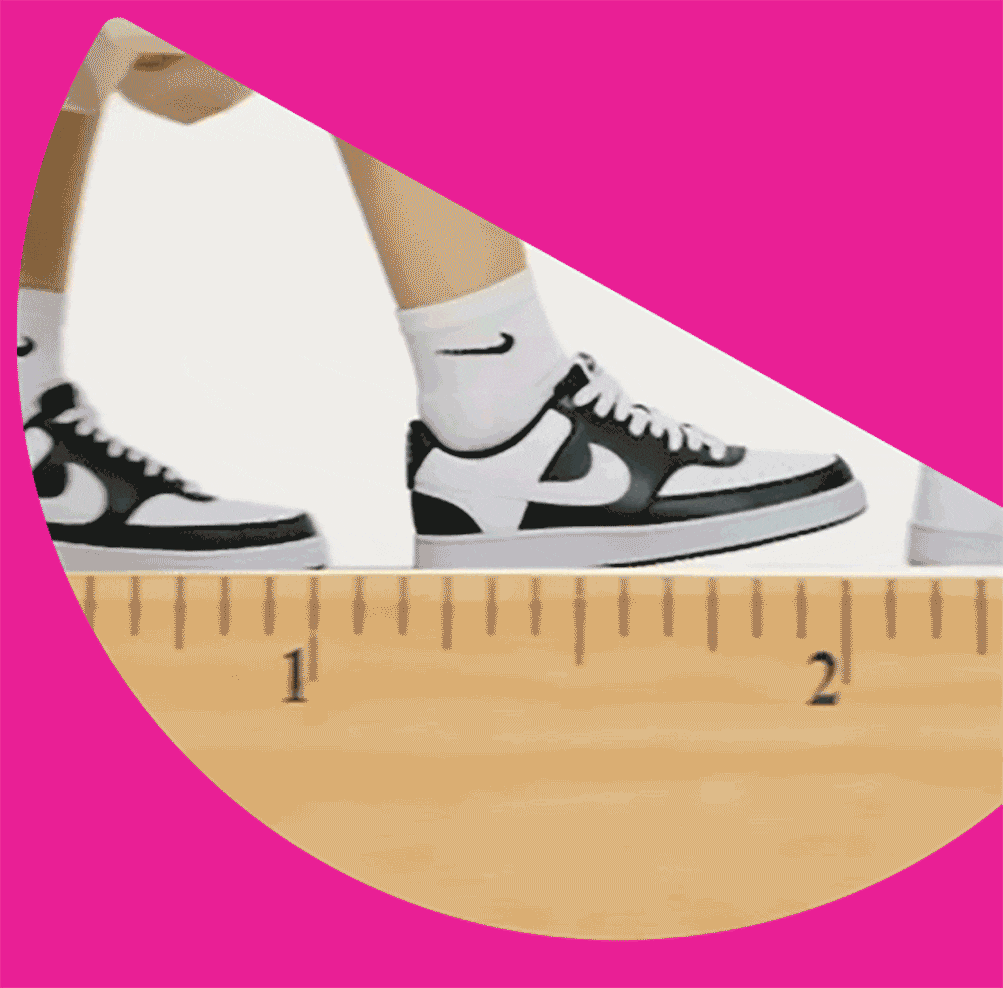
For the
perfect fit,
Make it
FAMOUS.
Let’s face it: kids grow fast. Keep up with every growth spurt by making sure their shoes fit just right. We’ll help you find the right pair, every time.
For the perfect fit,
Make it FAMOUS.
Let’s face it: kids grow fast. Keep up with every growth spurt
by making sure their shoes fit just right. We’ll help you find the right pair, every time.

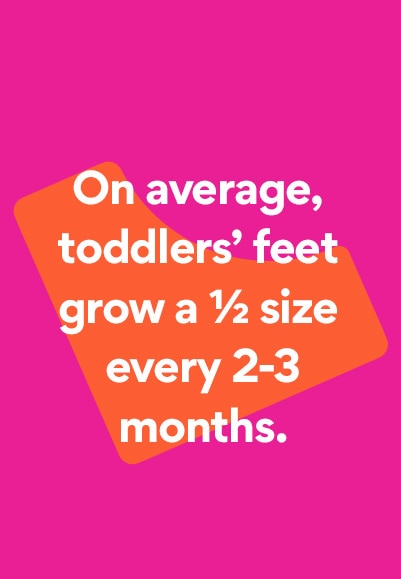
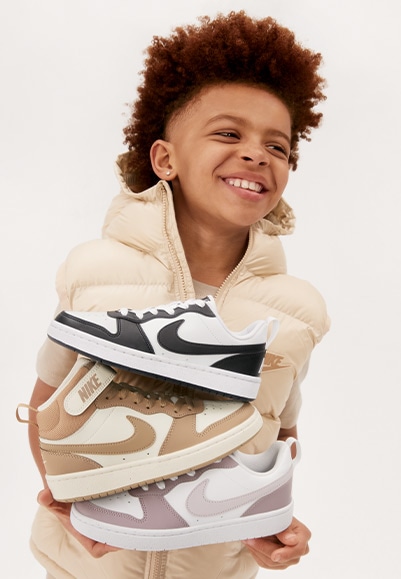
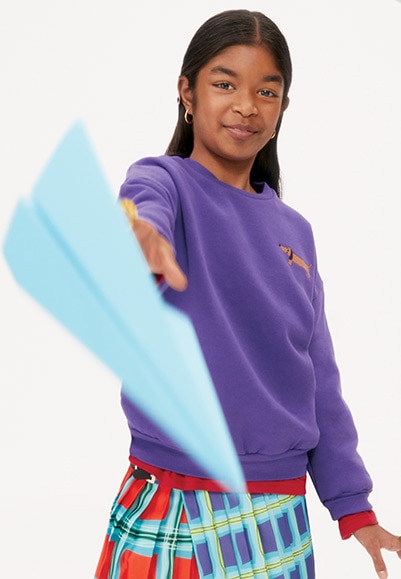
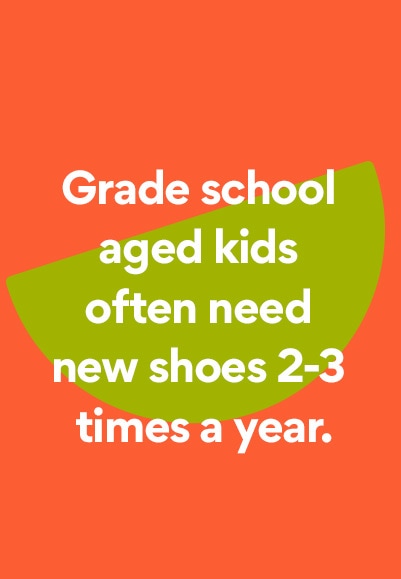
Want a free fitting?
Visit us in-store and let our Sizing Experts work their magic.
No time? No problem.
When you can’t make it in, use our printable sizing tool to measure your child’s feet at home.
Buy online, pick up in store in about an hour or use Same Day Delivery powered by DoorDash.
Bonus: Online returns are always free and easy at your local Famous.
Looking for shoe size charts? Check out our UK to US shoe size conversion and European shoe size conversion charts.
FAQ's
-
The best way to find your kid’s shoe size to have them measured in a Famous Footwear store by one of our Sizing Experts. In our stores, you’ll find a special Sizing Zone, where the store associate will use the Brannock Device to accurately measure your child’s feet. If you’re unable to visit a store, you can use our printable sizing tool to measure your child’s feet at home. Pro tip: measure both feet! One foot is often larger than the other. You should purchase the size that fits the largest foot.
-
Baby sizes 0-3.5 typically fit ages 0-11 months. Toddler sizes 4-10 typically fit ages 1-3 years. Little kids’ sizes 10.5-3 typically fit ages 4-8 years. Big kids’ sizes 3.5-7 typically fit ages 8+. Around the ages of 9-12, many kids begin to grow into adult sizes.
-
If you’re unable to visit a store to get measured by one of our Sizing Experts, you can use our printable sizing tool to measure your child’s feet at home. For shoe sizing accuracy, print the document on 8.5”x11” paper at 100% (full size) and follow the instructions on the printout. Pro tip: measure both feet! One foot is often larger than the other. You should purchase the size that fits the largest foot.
-
The most accurate way to find your kid’s shoe size to have them measured in a Famous Footwear store by one of our Sizing Experts. In our stores, you’ll find a special Sizing Zone, where the store associate will use the Brannock Device to accurately measure your child’s feet. If you’re unable to visit a store, you can use our printable sizing tool to measure your child’s feet at home. Pro tip: measure both feet! One foot is often larger than the other. You should purchase the size that fits the largest foot.
-
If you’re unable to visit a store to get measured by one of our Sizing Experts, you can use our printable sizing tool to measure your child’s feet at home. For shoe sizing accuracy, print the document on 8.5”x11” paper at 100% (full size) and follow the instructions on the printout. Pro tip: measure both feet! One foot is often larger than the other. You should purchase the size that fits the largest foot.
-
The best place to measure a child’s feet is to have them measured in a Famous Footwear store by one of our Sizing Experts. In our stores, you’ll find a special Sizing Zone, where the store associate will use the Brannock Device to accurately measure your child’s feet. If you’re unable to visit a store, you can use our printable sizing tool to measure your child’s feet at home. Pro tip: measure both feet! One foot is often larger than the other. You should purchase the size that fits the largest foot.
-
Baby sizes 0-3.5 typically fit ages 0-11 months. Toddler sizes 4-10 typically fit ages 1-3 years. Little kids’ sizes 10.5-3 typically fit ages 4-8 years. Big kids’ sizes 3.5-7 typically fit ages 8+. Sometime around the ages of 9-12, kids typically transition to adult sizes.
-
Shoes for bigger kids start at size 1 and go up to a size 7, creating the confusing fact that a size 1 shoe is the next size up from a size 13 shoe. At Famous Footwear, we group “little kid” sizes ranging from 10.5 to size 3, which typically fit ages 4-8 years. Once your child outgrows a size 13/13.5, they will wear a size 1 (noted as “little kid” in sizing).
-
Between ages 1–3, kids’ feet can be expected to grow as much as 1.5mm in length each month (about 18mm or 3/4 inch per year). Between ages 3–6, kids’ feet grow an average of 1mm in length each month (about 1/2 inch per year). Between ages 6–10, kids’ feet grow somewhat less than 1mm per month in length (slightly under 1/2 inch per year). Between ages 12–17, a boy’s foot will only grow an additional 10% and girls only about 2%.
Given these statistics, kids between ages 1–3 typically outgrow shoes 2–3 times a year, and kids ages 3–10 typically outgrow shoes 1–2 times a year. Pro tip: Even if a shoe doesn’t show signs of wear and tear, it might still be time for a replacement. Watch out for scuffs to the toes, limping and blisters.
-
Women’s sizing has some crossover with big kids’ sizing, although it’s important to note that it’s not an exact conversion (it will vary by brand). Convert any big kids’ size to women’s shoe size by adding 1.5 or 2. For example, a 4.5 in big kids’ shoe sizes converts to a women’s size 6 or 6.5. Men’s sizing does not have this crossover: the next size up from a big kids’ size 7 is a men’s 7.5. This can be helpful to know if your child is outgrowing kids’ shoes. It can also be beneficial to know that there’s approximately a 1.5 size difference between men’s and women’s shoes, meaning a men’s 8 is roughly equal to a women’s 9.5. Note: If your child weighs more than 80 pounds and can fit into adult shoes, then they should make the move up. Adult shoes are built to provide the necessary support for heavier loads, where kids’ shoes are not.
-
Around the ages of 9-12, kids typically transition to adult sizes. The next size up from a big kids’ size 7 is a men’s 7.5. Women’s sizing has some crossover with big kids’ sizing, although it’s important to note that it’s not an exact conversion (it will vary by brand). Convert any big kids’ size to women’s shoe size by adding 1.5 or 2. For example, a 4.5 in big kids’ shoe sizes converts to a women’s size 6 or 6.5. Note: If your child weighs more than 80 pounds and can fit into adult shoes, then they should make the move up. Adult shoes are built to provide the necessary support for heavier loads, where kids’ shoes are not.


